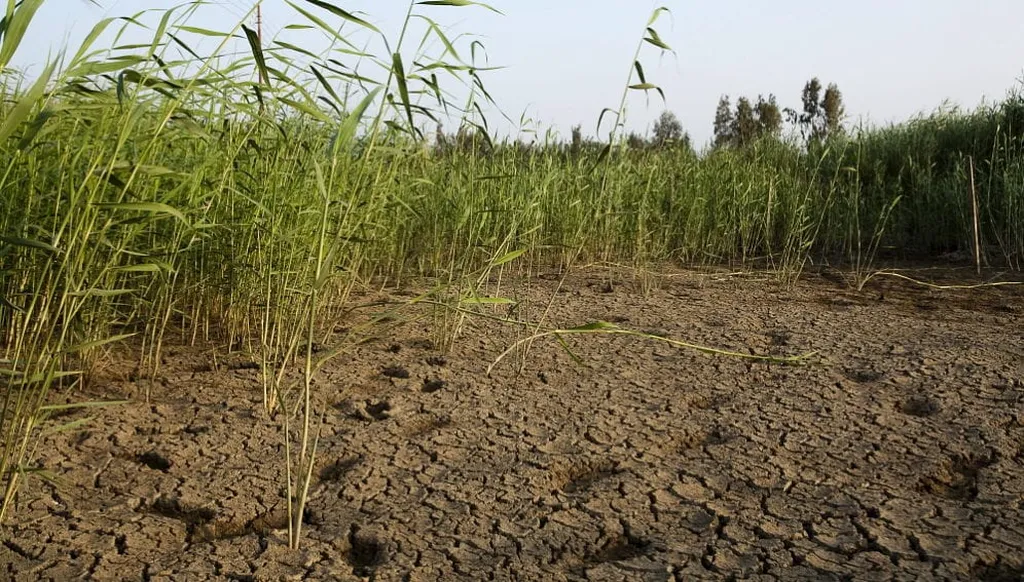In the heart of Northeastern Thailand, the Thung Kula Ronghai region—often referred to as the “Rice Bowl of Isan”—faces an escalating challenge: drought. A recent study published in the journal *Agriculture* (translated from Thai as “Agriculture”) has shed light on the spatiotemporal dynamics of drought conditions in this vast paddy cultivation area, offering critical insights for the agricultural and energy sectors. The research, led by Pariwate Varnakovida of the KMUTT Geospatial Engineering and Innovation Center at King Mongkut’s University of Technology Thonburi, provides a framework for understanding and mitigating the impacts of drought on Hom Mali rice production, a high-value commodity in Thailand.
Using satellite-derived drought indices such as the Standardized Precipitation Index (SPI), Standardized Precipitation Evapotranspiration Index (SPEI), Reconnaissance Drought Index (RDI), and Aridity Index (AI), along with Normalized Difference Vegetation Index (NDVI) anomalies, Varnakovida and his team analyzed drought patterns from 2001 to 2023. Their findings reveal a troubling trend: dry season droughts now affect up to 17 percent of the region’s agricultural land in some years, with severe drought zones persisting across more than 2.5 million hectares over the 20-year period. In the most recent five years, approximately 50 percent of cultivated areas have experienced moderate to severe drought conditions.
“The RDI showed the strongest correlation with NDVI anomalies, indicating its relative value for assessing vegetation response to moisture deficits,” Varnakovida explained. This correlation is crucial for understanding how drought impacts vegetation health, which directly affects crop yields and, consequently, the economic stability of the region.
The study also identified high-risk sub-regions, particularly in central Thung Kula Ronghai and lower Surin, where drought frequency and severity have intensified. These findings underscore the region’s increasing exposure to dry-season water stress and highlight the need for site-specific irrigation development and adaptive cropping strategies.
For the agricultural sector, the implications are significant. Hom Mali rice, known for its premium quality, is a vital export for Thailand. Drought conditions threaten not only the yield but also the quality of this high-value crop, potentially impacting international markets and trade relations. The energy sector is also affected, as agricultural droughts can lead to reduced biomass availability, impacting bioenergy production and supply chains.
Varnakovida’s research provides a practical basis for improving drought monitoring and early warning systems. By integrating multiple drought indices and NDVI anomalies, the study offers a comprehensive approach to assessing drought conditions and their impacts on vegetation. This methodology can be adapted to other regions facing similar challenges, supporting the resilience of agricultural systems under changing climate conditions.
As climate change continues to exacerbate drought conditions worldwide, the insights from this study are more relevant than ever. The framework developed by Varnakovida and his team could shape future developments in drought monitoring and mitigation strategies, not only in Thailand but globally. By leveraging satellite remote sensing and advanced analytical techniques, stakeholders can make informed decisions to protect agricultural productivity and ensure food security.
In a world where climate variability is becoming the new norm, this research serves as a beacon of hope, offering tools and strategies to navigate the challenges ahead. As Varnakovida aptly puts it, “Understanding the spatiotemporal dynamics of drought is the first step towards building resilience and ensuring the sustainability of our agricultural systems.”

